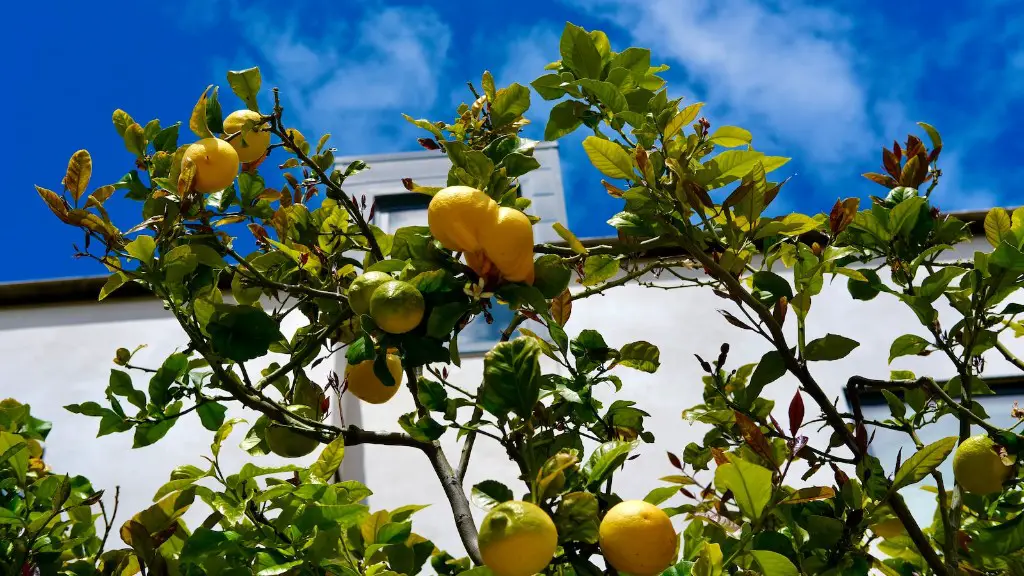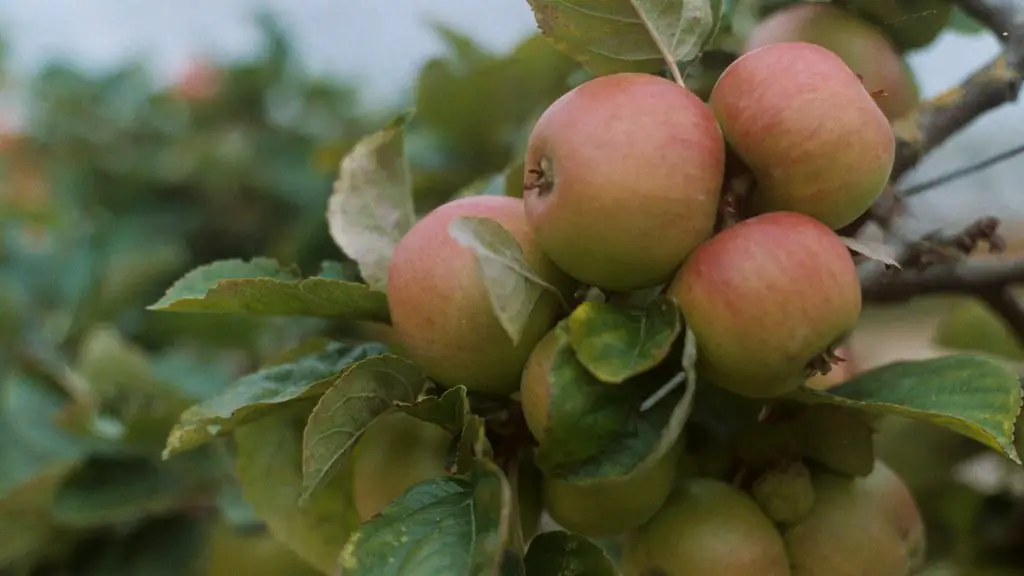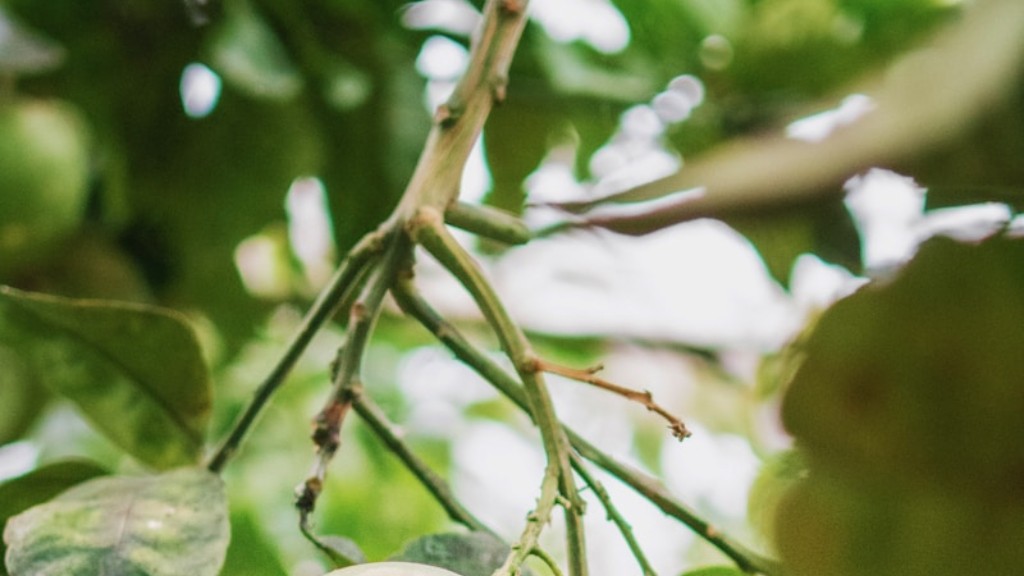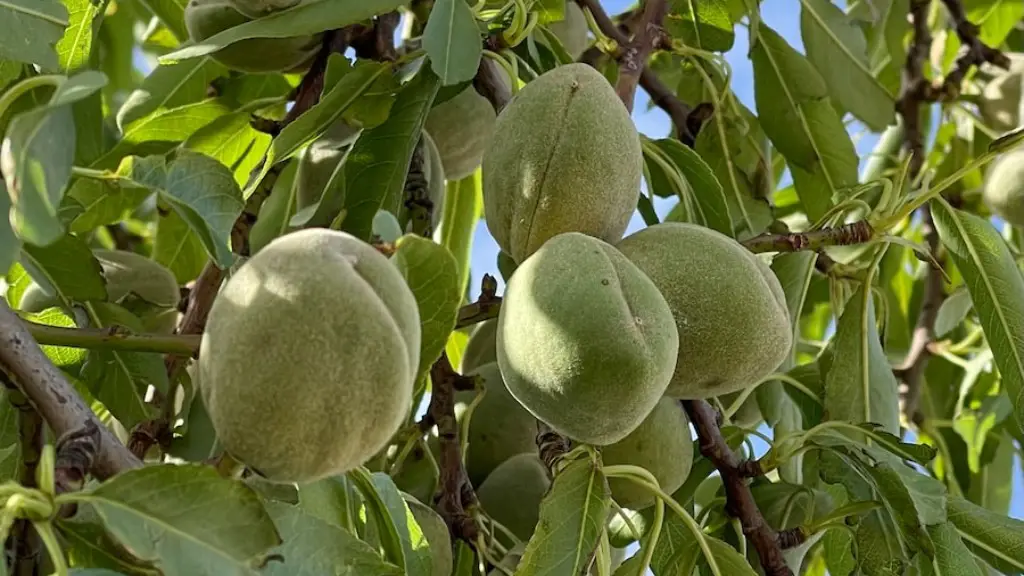If you are looking to grow a lemon tree, then store-bought lemons are an easy way to do so! It is not only rewarding but can be a simple and fun experience. Here’s a step-by-step guide to show you how to grow a lemon tree from store-bought lemons.
First, select a viable lemon. Choose a lemon that is fresh and firm, with no blemishes or soft spots. Once you’ve selected the lemon, cut it open and remove the seeds. Then, rinse and pat dry the seeds to remove any pulp or citrus leftovers.
Second, moisten the soil for best germination results. You’ll need a damp but not soggy soil for the best results. You can add some organic mulch to help retain moisture.
Third, plant the seeds about ¼ to ½ an inch deep in the pot or planter. Place 2-3 seeds in each container and be sure to label the containers with the date and type of seeds planted.
Fourth, make sure to keep the soil moist but not soggy. Too much moisture could cause the roots to rot.
Fifth, place your planted containers in an area with plenty of light and warmth, such as a southern facing window or a warm spot outdoors.
Finally, be patient with your lemon tree. It can take 6-8 months before the seedlings will sprout, so don’t expect to see any results right away.
How to Care for Your Lemon Tree From Store-Bought Lemons
Once your lemon tree sprouts, it’s important to give it the proper care and attention to ensure it grows healthy and strong. That means providing it with the right amount of water, sunlight, fertilizer and nutrients.
When you water your lemon tree, make sure to only water it when the soil feels dry. It’s best to allow the soil to dry out between waterings. Depending on the climate, you may need to water your lemon tree once or twice a week.
In terms of sunlight, your lemon tree will benefit from lots of sunshine as it grows. Aim to give it around 6-8 hours of direct sunlight a day. If you feel your lemon tree is not getting enough sunshine, you can install some grow lights in the room where it is located.
Your lemon tree may also benefit from a light fertilizer application. It’s best to use an organic, water-soluble fertilizer with a balance of nitrogen, phosphorus, and potassium. Be sure to read the instructions on the package so that you apply the right amount of fertilizer.
Finally, it’s important to care for your lemon tree’s roots. The roots help provide the tree with nutrients, water, and oxygen. If the roots are incorrectly planted, restricted, or bound too tightly, it can affect the health of the tree.
Common Issues When Growing a Lemon Tree From Store-Bought Lemons
When growing a lemon tree from store-bought lemons, it’s important to keep an eye out for common issues. One of the most common issues is pests and diseases, such as aphids, mites, scale, and blight. Also make sure to check for signs of nutrient deficiency, such as yellowing leaves or stunted growth.
Another common issue is over-watering. Over-watering can lead to root rot, which can cause the tree to become weak and susceptible to pests and diseases. It’s best to water your lemon tree only when the soil feels dry.
Finally, another problem that can arise when growing your lemon tree is root binding. Root binding occurs when the roots of the tree become entrapped in the pot, restricting the tree’s access to nutrients, water, and oxygen. To prevent root binding, it’s important to transplant your lemon tree into a larger container as it grows.
Signs That Tell Whether Your Lemon Tree Will Bear Fruit
If you’re wondering if your lemon tree will bear fruit, there are a few signs to look out for. The first sign is if the tree begins to produce buds. This is a sign that the tree is healthy and is preparing to flower. Once the tree begins to flower, then you should see small lemons begin to form.
The second sign is the size of the lemon itself. When the lemon is still small, it is not ready to be harvested. Wait for the lemon to reach a good size before harvesting it.
The third sign is the color. When the lemon is still green and not yet ripe, it cannot be harvested. Wait for the lemon to turn yellow or golden yellow before harvesting it.
The fourth sign is the fragrance. Once the lemons are ripe, they will give off a sweet and sour fragrance, which is a sign that they are ready to be harvested.
Finally, checking the taste is another way to tell if the lemons are ripe. Cut open the lemon and taste a little bit of the juice. If it tastes sweet and sour, then the lemon has reached its ripeness and is ready to be harvested.
Harvesting Your Lemons From Store-Bought Lemons
When it comes to harvesting your lemons, there are a few things to keep in mind. The first is to ensure that the lemons are ripe before harvesting them. This means the lemons should be yellow or golden yellow in color, and the juice should taste sweet and sour.
The second is to be gentle with the lemons. When harvesting the lemons, be sure to cut them from the stem gently, as to not damage the tree.
The third is to remove the lemons from the tree carefully. When removing the lemons from the tree, be sure to hold the lemon in one hand and the stem in the other hand. Gently pull the lemon from the stem, being careful not to damage the tree.
The fourth is to store the harvested lemons properly. Once harvested, store the lemons in an airtight container in the refrigerator. This will help keep the lemons fresh and delicious.
Finally, it’s important to keep track of the number of lemons harvested. This way, you can ensure that you are harvesting enough lemons and not over-harvesting, which can put a strain on the tree.
How to Protect Your Lemon Tree From Store-Bought Lemons
It’s always important to take the necessary steps to protect your lemon tree from disease, pests, and potential damage. One way to do this is to give your tree the proper amount of water, nutrients, and sunlight. By making sure these conditions are met, you can help your tree stay healthy and strong.
Another way to protect your lemon tree is to keep it out of direct wind and bad weather. Exposed lemon trees can be easily damaged by strong winds or poor weather conditions. So, it’s best to keep your tree in a sheltered and protected spot.
Also, it’s important to regularly check your lemon tree for signs of pests and diseases. If you notice any, take steps to remove the pests and treat the diseases right away to ensure the health of your tree.
Finally, if you notice any signs of nutrient deficiency in your tree, such as yellowing leaves or stunted growth, be sure to adjust its feeding regimen. You can add an organic fertilizer to give the tree the nutrients it needs.




